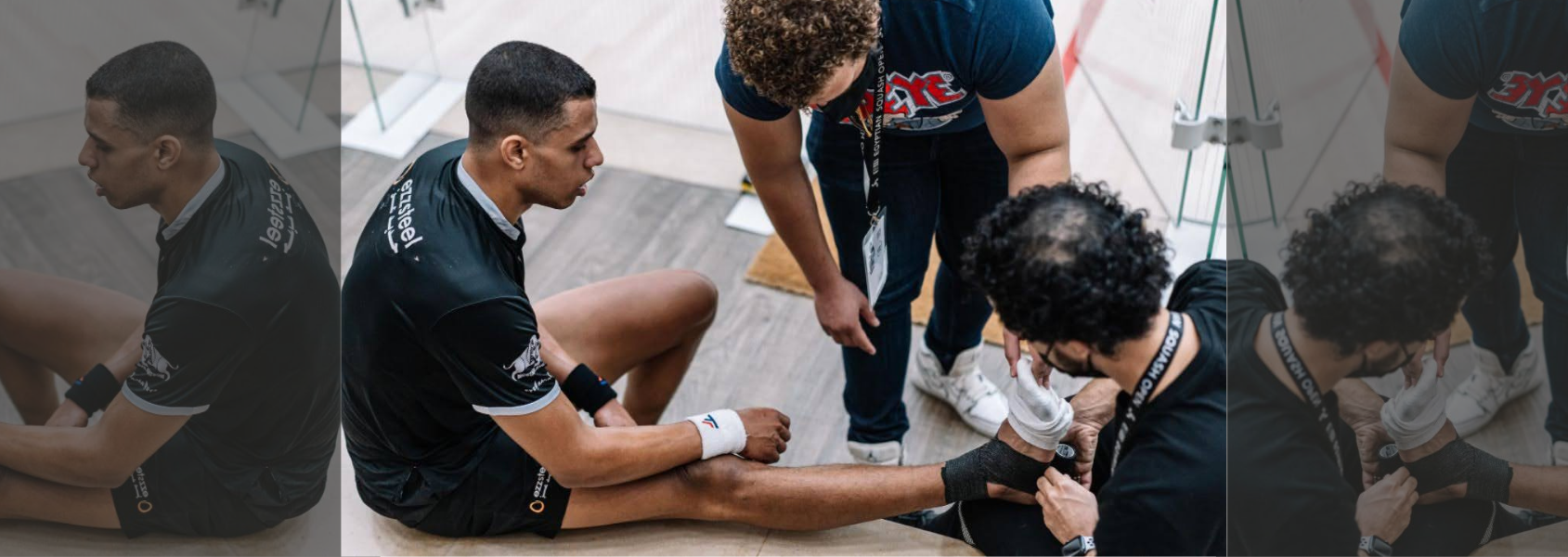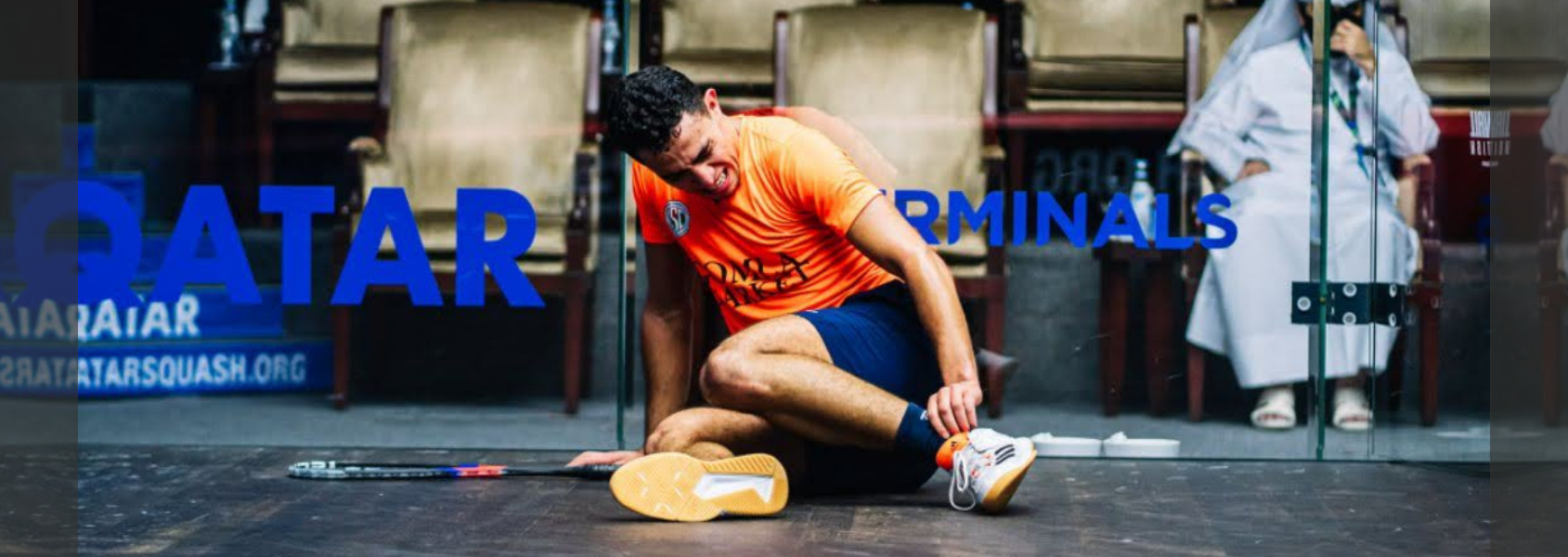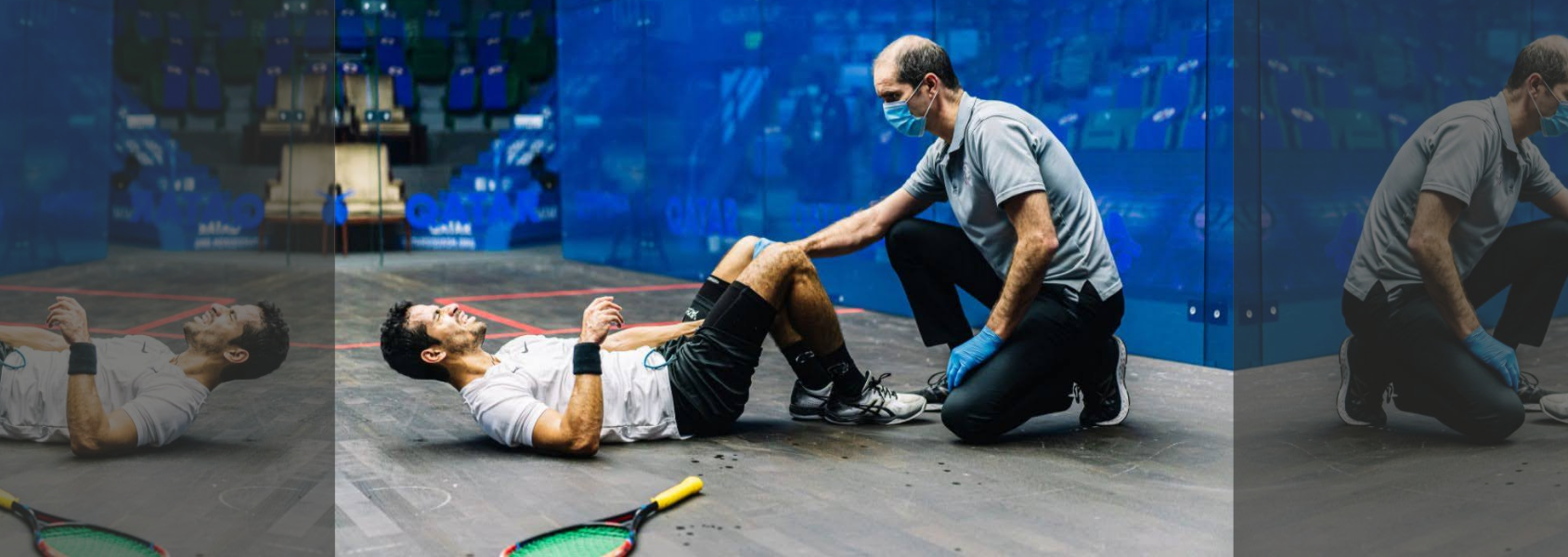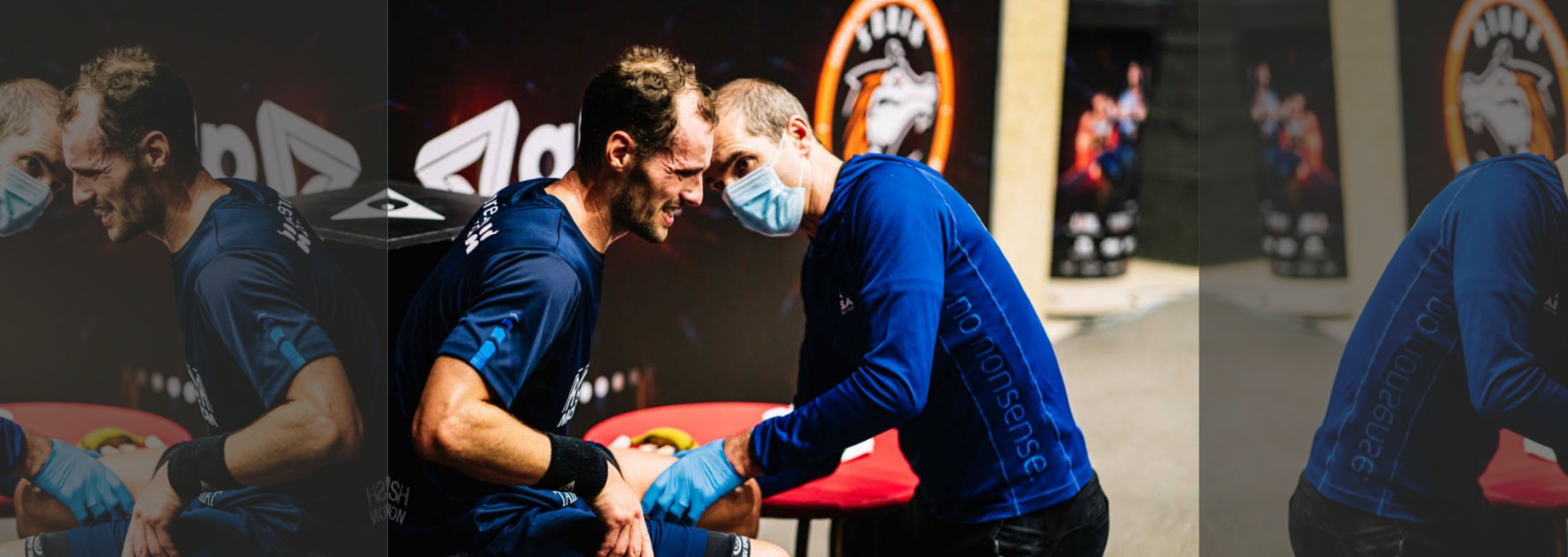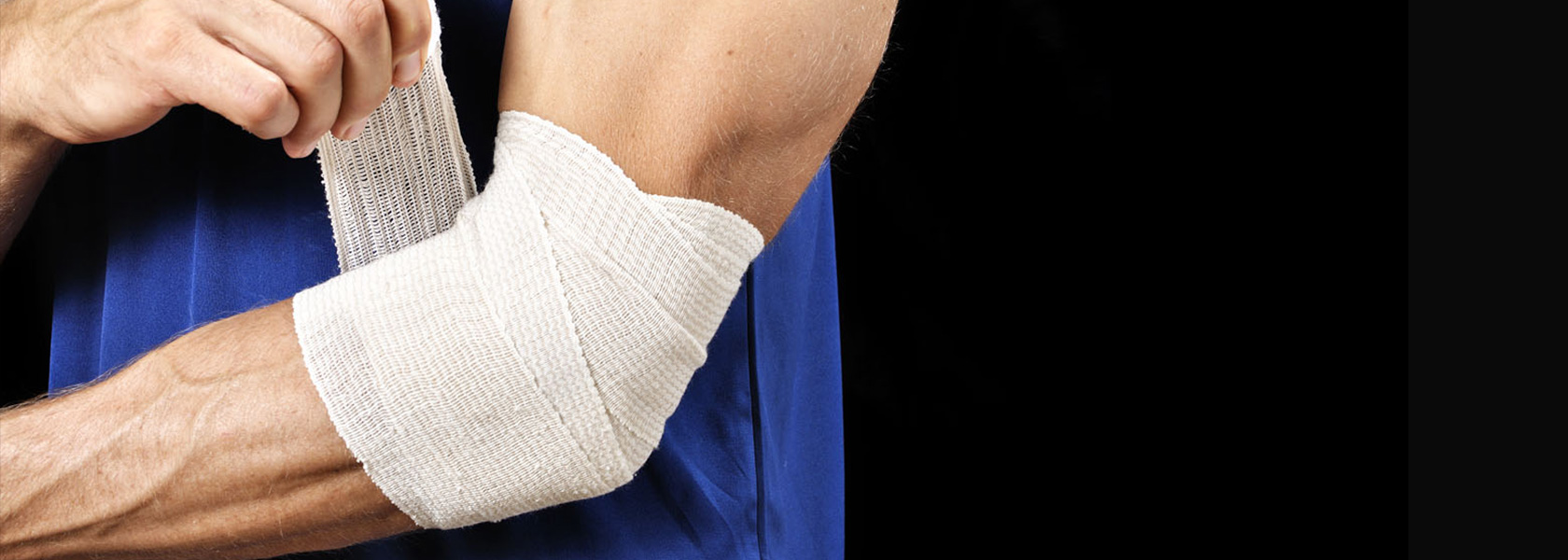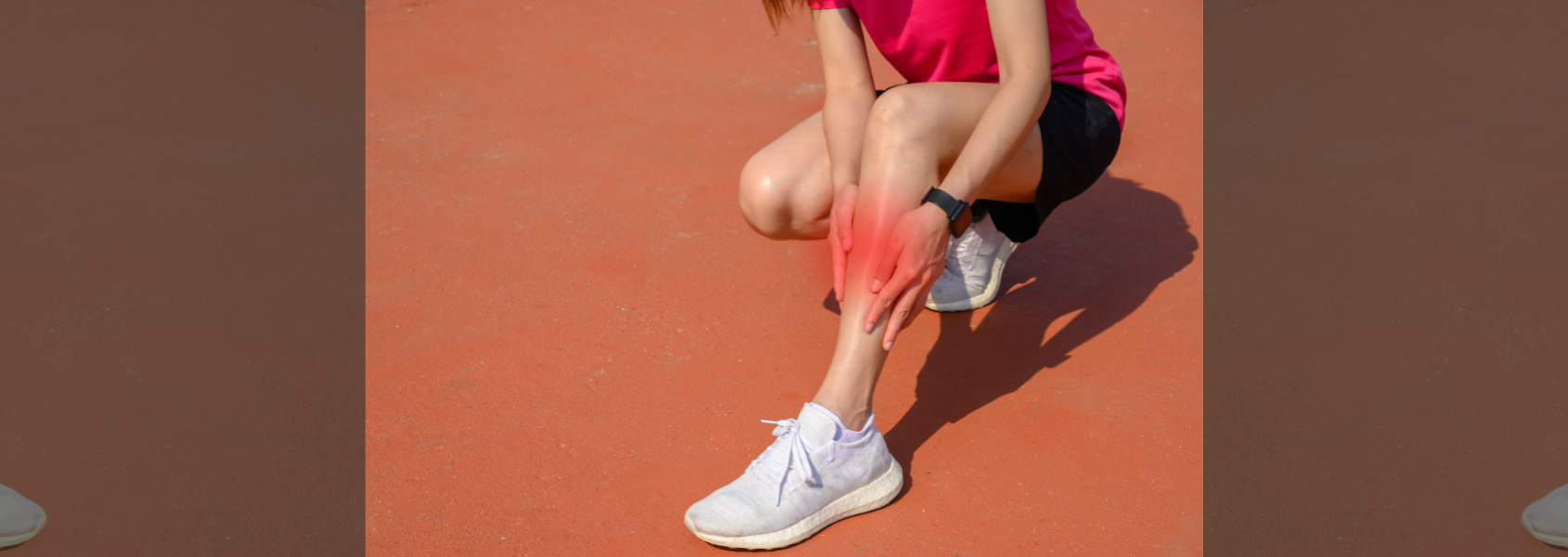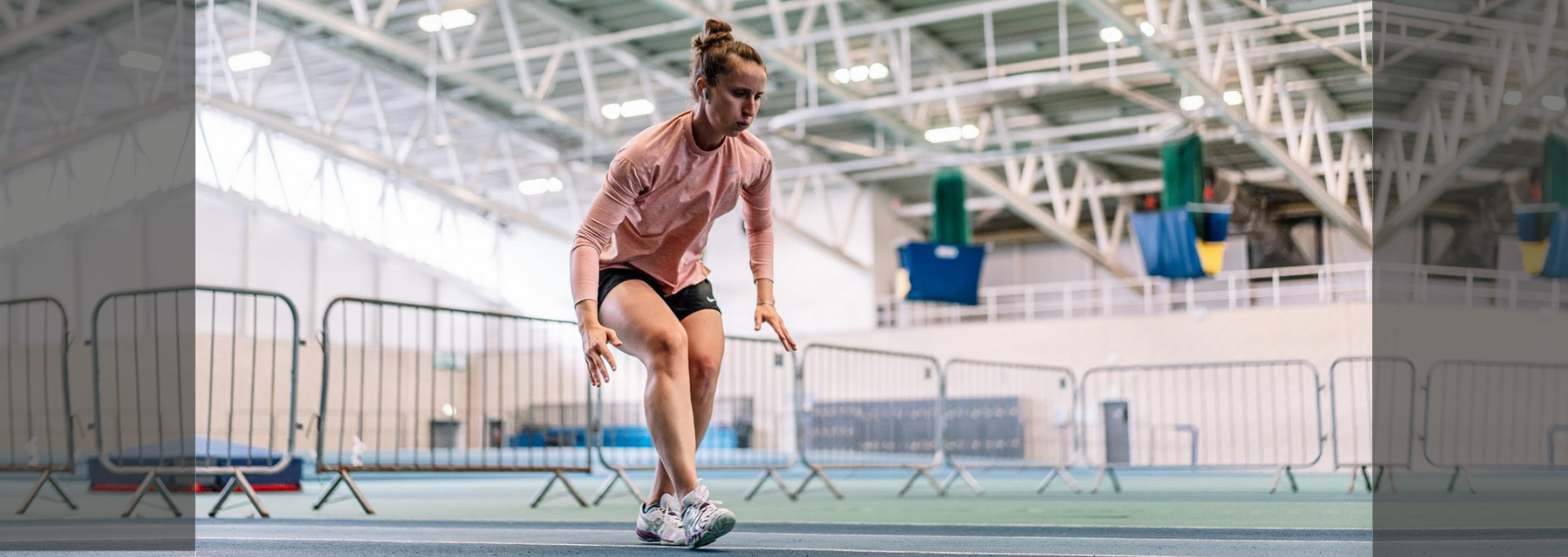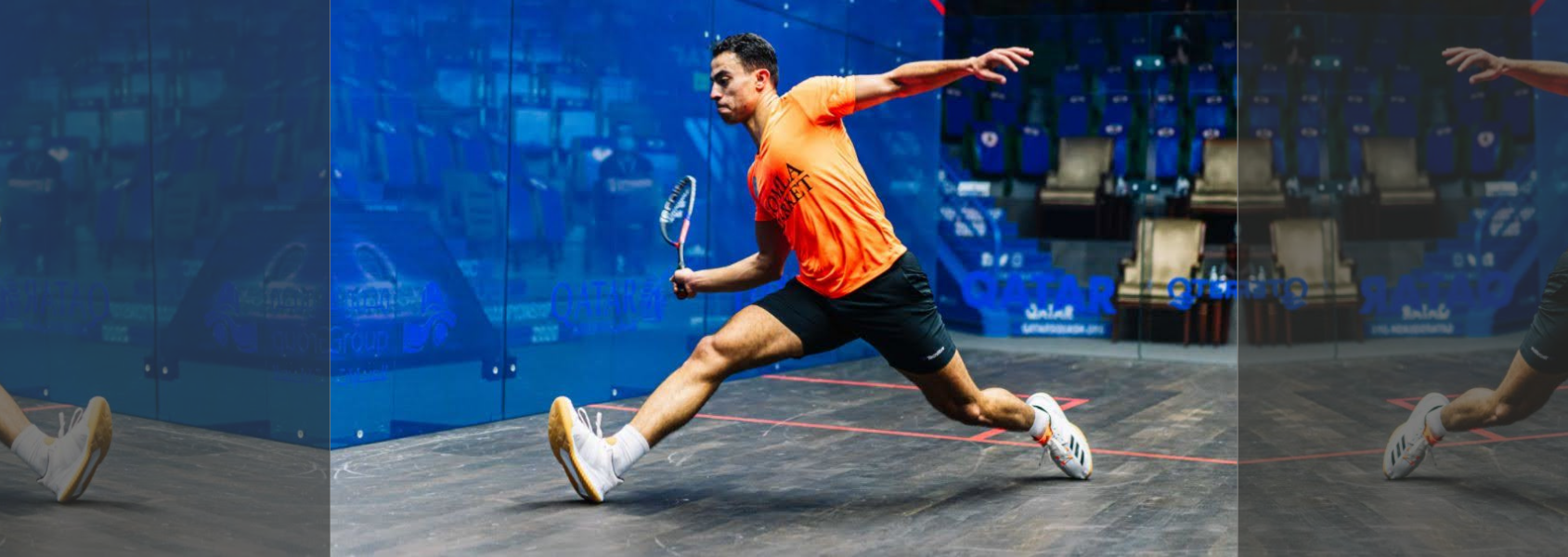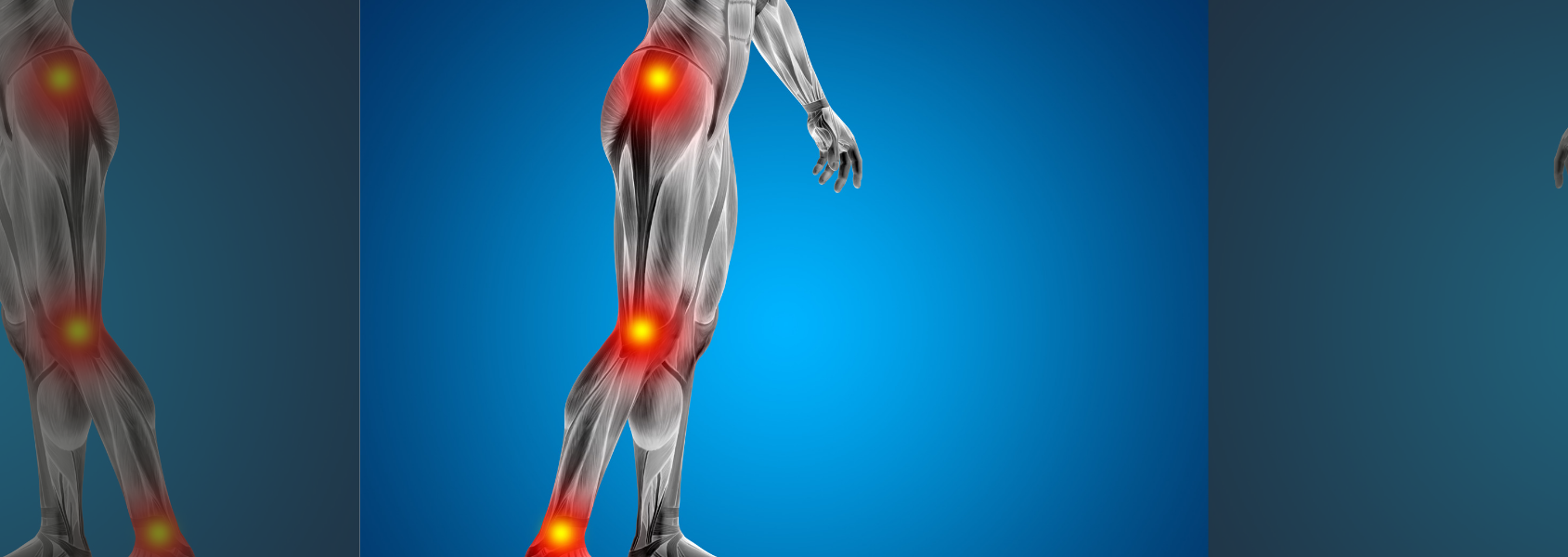5 Tips On Playing Someone Who Is Injured (The Wounded Buffalo)
In the 2017 semi-final of The Tournament of Champions, Gregory Gaultier defeated (or maybe hustled is a more appropriate word) Mohamed ElShorbagy. The reason I use this match as a reference point is that Gaultier was “playing injured” for a large part of the later stages of the match. It is well worth watching the highlights of this match here and seeing a masterclass in manipulation from Gaultier. Greg may well have been injured, but to what extent we can never know. When the rallies were being played you could not really spot the injury, but between points, Greg made very sure every single person knew about it including Mohamed.
Shifting The Injured Athlete’s Mindset
There are many great things about playing sport – the physical and mental health benefits, the thrill of competition, the challenge of learning and improving, the social connections developed with teammates and opponents alike. Like a lot of great things in life however, there are also some costs associated – the most common and impactful for most sportspeople, being the spectre of injury and the associated repercussions.
How To POLICE Your Injuries!
Sport is a dynamic, highly physical game that incorporates repeated sprint intervals, frequent rapid changes of direction, and many twists and turns. As such, soft tissue injuries are relatively common, and something that most players will have to deal with at one time or another. In this article, we’ll take a look at how best you can treat these typical kinds of sprains and strains.
Coping with injury
Anybody that plays any kind of sport on a regular basis, will unfortunately at some point likely have to deal with the issue of injury. Particularly in a sport as physically demanding and dynamic as squash, sudden trauma injuries (such as strained muscles or sprained ligaments/tendons) or nagging overuse injuries (such as tendonitis) are common.
Interview – Alison Waters
After a great 2014/15 season where she was crowned British National Champion and went on to equal her career-best world ranking of 3, the start of the 2015/16 season has been frustrating for England’s Alison Waters, suffering a serious back injury in the first world series event of the year at the US Open in Philadelphia.
Happily, she’s now on the comeback trail and is targeting a return to competitive action before the end of the year.
Alison spoke to us about her injury and some of the trials and tribulations of her rehab.
A squash player’s guide to tennis elbow
With squash being such a high intensity and dynamic sport, injuries are unfortunately relatively common. Sprains and strains within the joints can occur from too rapid a change of direction, mistiming a step, or over-lunging onto a ball.
As well as these more sudden trauma injuries, people who regularly participate in physically challenging sports can also be very susceptible to over-use injuries.
A squash players guide to shin splints
The highly physical nature of such a dynamic sport as squash, means injuries are unfortunately commonplace. The stresses and strains placed upon the muscles of the lower body of the squash player often leave them particularly susceptible to certain types of overuse injuries. One of the most common areas of nagging pain and discomfort for many players is around the front area of the leg between the knee and ankle, along the inner edge of the tibia (shin bone) – a condition more regularly known as shin splints.
The importance of warming-up for squash
Before any kind of strenuous physical activity, it’s important to ensure that the body is properly warmed-up. Whilst the vast majority of people will be familiar with this advice, there is often a lack of understanding as to precisely why the warm-up is so vital, and how to go about structuring one correctly. There is also often a particular misunderstanding of the value of ‘stretching’ as part of any warm-up regime before sport/exercise. In today’s blog article we’ll examine these areas in more depth, and provide a little more info and guidance as to what exactly constitutes an appropriate warm-up for such an extremely demanding sport as squash.
The Squash Pyramid: How you can climb to the top
Squash is the most demanding sport in the world with some of the fastest athletes, most intelligent players, and most skilled in hand-eye-coordination to ever grace the earth. The footwork, balance, and stability combined with aerobic and anaerobic endurance are unmatched in the competitive arena.
BUT – it has one major flaw that could be destroying your game and your body.
Understanding ACL Injuries
Serious knee ligament injuries amongst squash players aren’t as common as in other sporting populations. However, it is possible to sustain some pretty significant knee ligament damage on a squash court and the consequences can be devastating. The anterior cruciate ligament (ACL) is the most important knee ligament as far as sporting function is concerned and for most people, a ruptured ACL will require reconstructive surgery in order to return to sport.
